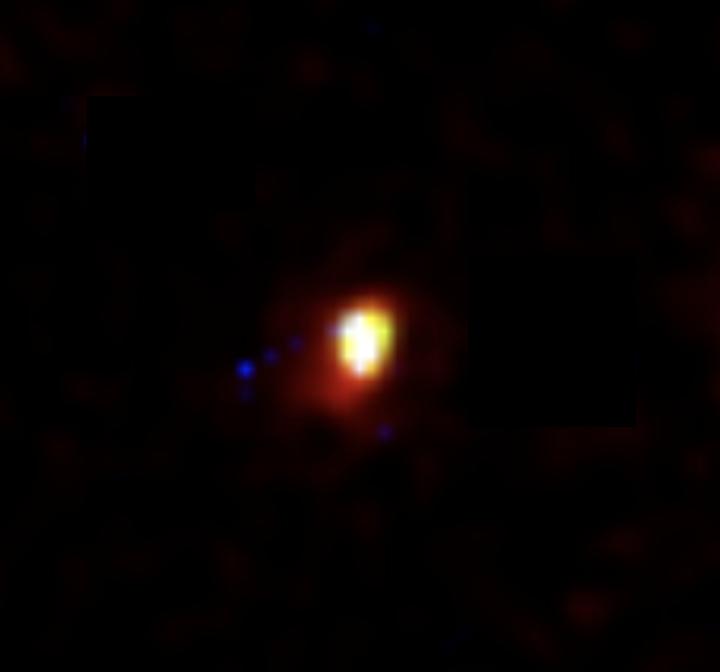Early data from a new space telescope has enabled Edinburgh astronomers to locate the most distant galaxy ever found.

Observations using the £10 billion James Webb Space Telescope – which began operating in June 2022 – have revealed a galaxy 35 billion light-years from Earth, researchers say.
The findings suggest the galaxy, known as CEERS-93316, existed just 235 million years after the Big Bang – the event 13.8 billion years ago that formed the first stars and galaxies in the Universe.
Cosmic history
The James Webb Space Telescope – NASA’s largest and most powerful space telescope – was launched in December 2021 and is operating around one million miles from Earth.
It is far more sensitive than its predecessor – the Hubble Space Telescope, which began operating in 1990 – and enables researchers to directly observe parts of space that have never been seen before.
Distant worlds
Before data from the new telescope became available, the most distant galaxy ever identified was GN-z11, which is around 32 billion light-years from Earth.
The team has submitted their study for publication in a peer-reviewed journal. A copy of the pre-print article is available here: https://arxiv.org/pdf/2207.12356.pdf.
The research also involved scientists from the University of Manchester, Sorbonne Université, France, University of Copenhagen, Denmark, and Sonoma State University, US.
Undergraduate physics students Sophie Jewell and Clara Pollock created a colour image of the newly discovered galaxy while undertaking summer projects in the University’s Institute for Astronomy.
We’re using a telescope that was designed to do precisely this kind of thing, and it’s amazing. It’s allowing us to look back at the formation of very first stars and galaxies more than 13.5 billion years ago. Without a doubt, this is just the start of many important observations that will be made using this incredible instrument in the weeks, months and years to come.








